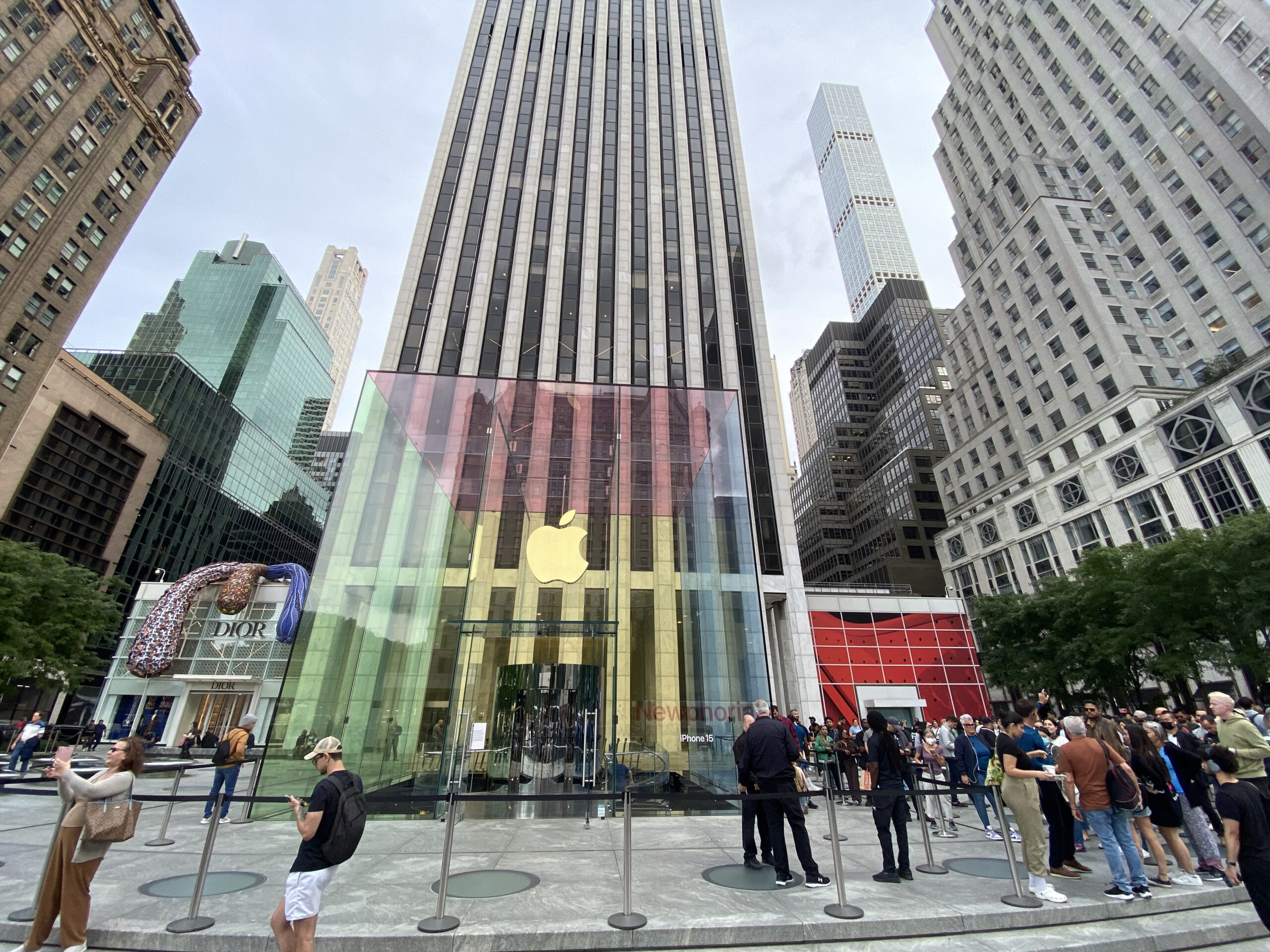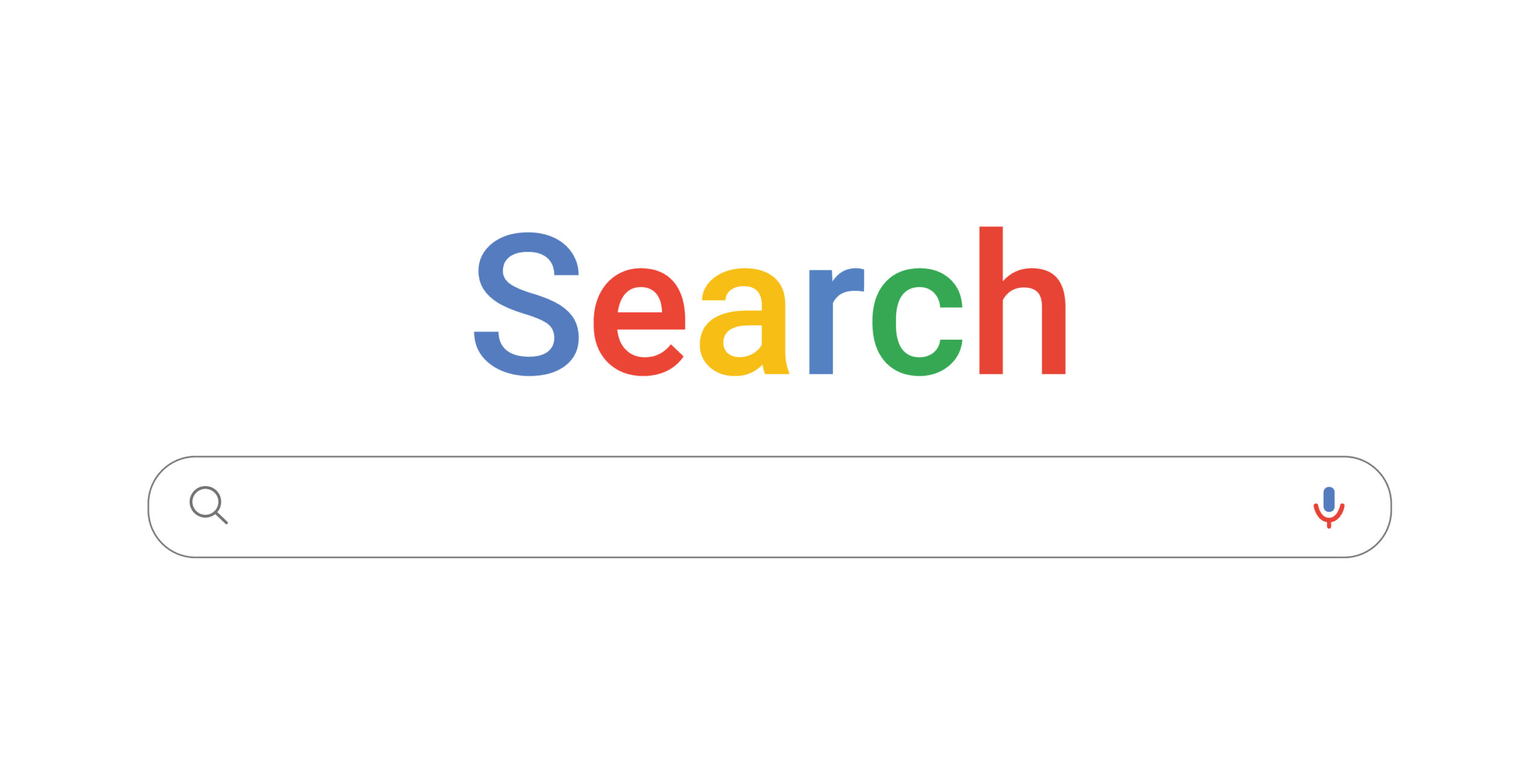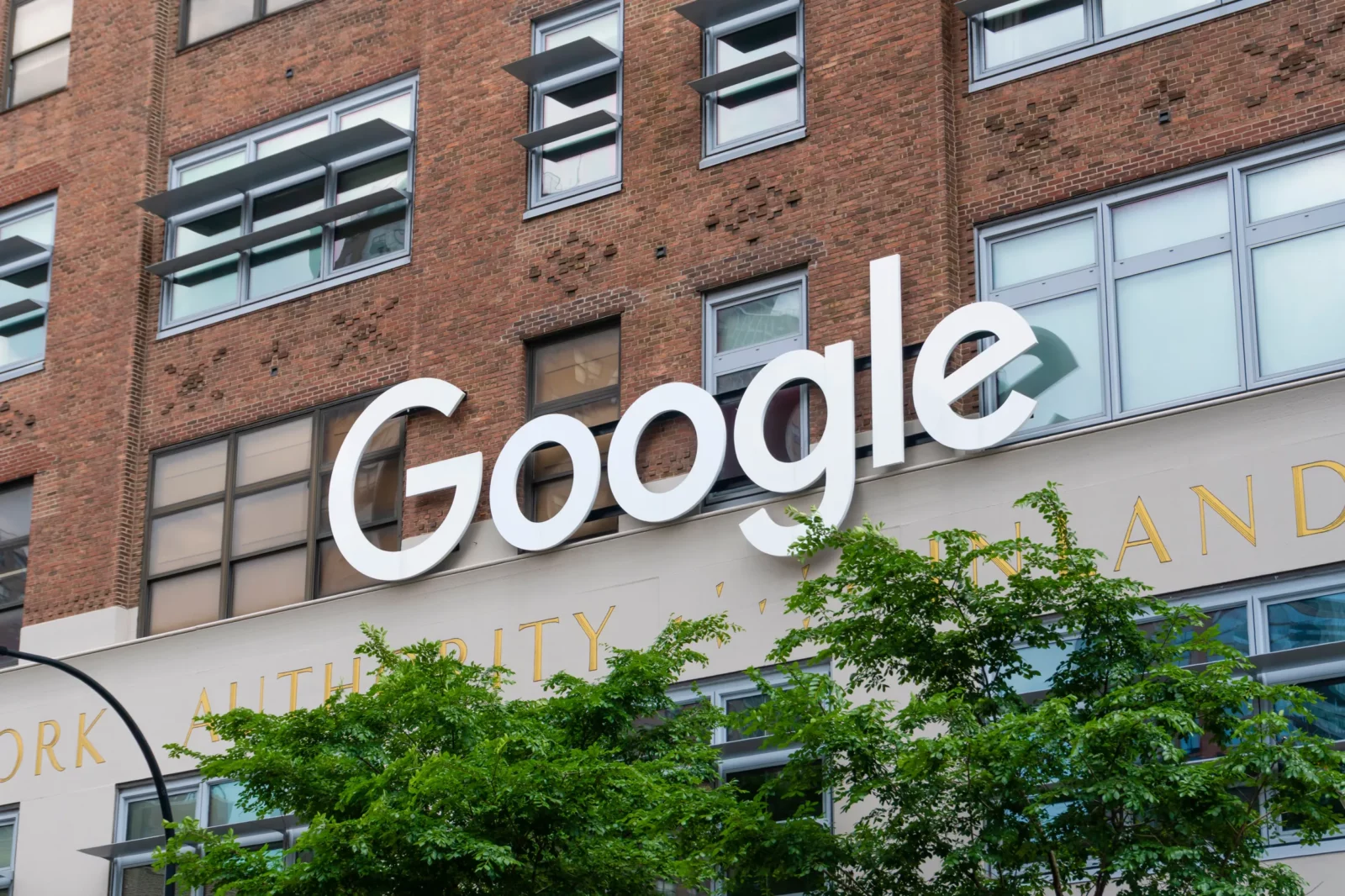The Legal and Factual Errors of The DoJ’s Case Against Apple

Last week, the Department of Justice’s (DoJ) Antitrust Division, alongside multiple state & district attorneys general, filed its long-awaited lawsuit against Apple, accusing the company of anticompetitive monopolization practices. However, even after a four-year long investigation, the DoJ’s arguments present critical legal and factual inaccuracies.
The DoJ claims that Apple’s success is in part due to the US v. Microsoft case from two decades ago, which the DoJ believes is quite similar to their case against Apple. While on the surface these two cases might look similar, Apple’s case is very different from Microsoft. Starting in the 90s and moving into the early 2000s, Microsoft secured a dominant and durable position in the market for desktop operating systems (OS), with a market share that surpassed 90 percent. Microsoft used Windows’ ubiquity to lock out companies who might offer customers competing applications to the Microsoft suite or Windows tools. For example, during this time Microsoft tried to block other companies from competing with its Internet Explorer web browser.
A quarter century later, the DoJ contends that Apple is violating antitrust laws by blocking rivals from accessing hardware and software features of its iPhone, much like Microsoft did when blocking rivals from competing with Internet Explorer. This is an inaccurate assessment of Apple’s integrated ecosystem. As Apple notes, one of its key pillars is its focus on privacy and security features, such as higher restrictions for data to leave its ecosystems or external software to enter its iOS to protect its users. These features are not only a key differentiator of the iOS ecosystem for consumers, but also greatly preferred and appreciated by Apple users. Apple’s strong privacy and security standards paired with the interconnectedness between the different products and services of the company are part of what makes Apple successful. Apple allows many rival apps in its ecosystem, however, allowing everyone into the Apple ecosystem, with little to no regard to their privacy or security concerns, could pose privacy and cybersecurity risks for millions of American consumers and degrade its consumer-lauded experience.
Further, comparing the landscape today to the OS landscape in the late 90-early 2000’s, it’s clear to see that Apple faces constant and fierce competition in the device market. By one measure, the iPhone represents 62 percent of the U.S. mobile segment in the last quarter of 2023, while that number significantly plummets to around 29 percent worldwide in the same timeframe. Apple’s share in the device market and alleged “dominance” are not nearly as considerable as the DoJ might argue them to be. As such, the DoJ constructed a new “performance smartphone” market, which forces a narrow market categorization on Apple devices and does not take into account the complexity of the device market. The creation of a wholly new market indicates the agency recognized the weakness of its market share argument and felt a need to strengthen it artificially. Moreso, the Supreme Court (SCOTUS) has made clear that a high market share is not unlawful, as companies have no general antitrust duty to assist competitors. U.S. antitrust laws protect consumers, not competitors, and the fact that consumers continually choose Apple products in recognition of their prices says something about user satisfaction and the overall value that Apple brings to its users. Simply put, consumers value the benefits of using Apple products over those of its competitors.
The DoJ’s lawsuit extends beyond Apple’s market share and attacks almost every service that Apple provides. From game streaming to messaging, passing through payment services, the App Store, and the Apple Watch. However, many of its assertions are outdated or simply incorrect. For instance, another allegation in the complaint is that Apple does not allow competitor’s payment systems on the App Store or third-party competitor’s App Stores on the iOS system. However, it is once again important to note how, under U.S. antitrust law, a company is not under any obligation to to assist its competitors, regardless of its size. As mentioned above, SCOTUS stated in Trinko that even a monopolist (which Apple is not) does not have the antitrust duty to assist its competitors. Furthermore, in response to consumer wants and market trends, Apple announced late last year that RCS messaging was coming to the iPhone in 2024, hence solving the Government’s concerns with messaging between iPhones and other smartphones. And in January, Apple updated its policies for streaming game services, hence addressing some of the concerns the DoJ now presents in its suit. Finally, in regards to the DoJ’s contention that Apple has a ban on so-called “super apps,” Apple’s position towards super apps can be clearly seen with We-Chat, as not only is the App available for download on the iPhone, but within the We-Chat market place there is an Apple online store.
Stepping away from the merits of the DoJ’s case, another concerning element is the claim that the U.S. Government’s case against Microsoft paved the way for Apple to be what it is today. It contends that thanks to the Microsoft case Apple could start offering iTunes on Windows PCs, and this, combined with the launch of the iPod and later the iPhone, was the key to Apple’s growth and success. This is incorrect. While the conclusion of the Microsoft case did allow companies to compete on a level playing field on Microsoft’s Windows OS absent Microsoft’s anticompetitive practices, it was Apple’s continued investment in innovation and its ecosystem, fulfilling an identified consumer want, that appealed to users and ultimately led to the company’s growth and success. Moreover, the timetable the DoJ had suggested also does not add up as the iPod and iTunes launched in 2001 and the Microsoft case was not resolved until 2004.
Regardless of how the DoJ perceives Apple’s success, there does not appear to be any presence of tangible consumer harm that the DoJ can point to. This is important as the key objective of antitrust laws has been, and should continue to be, protecting consumers and not individual competitors.
If the DoJ were to win, this case would likely hinder competition and innovation, and ultimately signal a dramatic shift in U.S. antitrust policy. Looking beyond Apple, the case reflects much of the EU’s approach to regulation rather than maintaining the history of U.S. antitrust principles. This poses an important question, as Matt Schruers inquired in a recent DisCo post: “[W]hy should U.S. policymakers follow the lead of a region with few innovators, whose leading export is regulation, when the U.S. is the leading global exporter of innovative new technology?” Why indeed.








